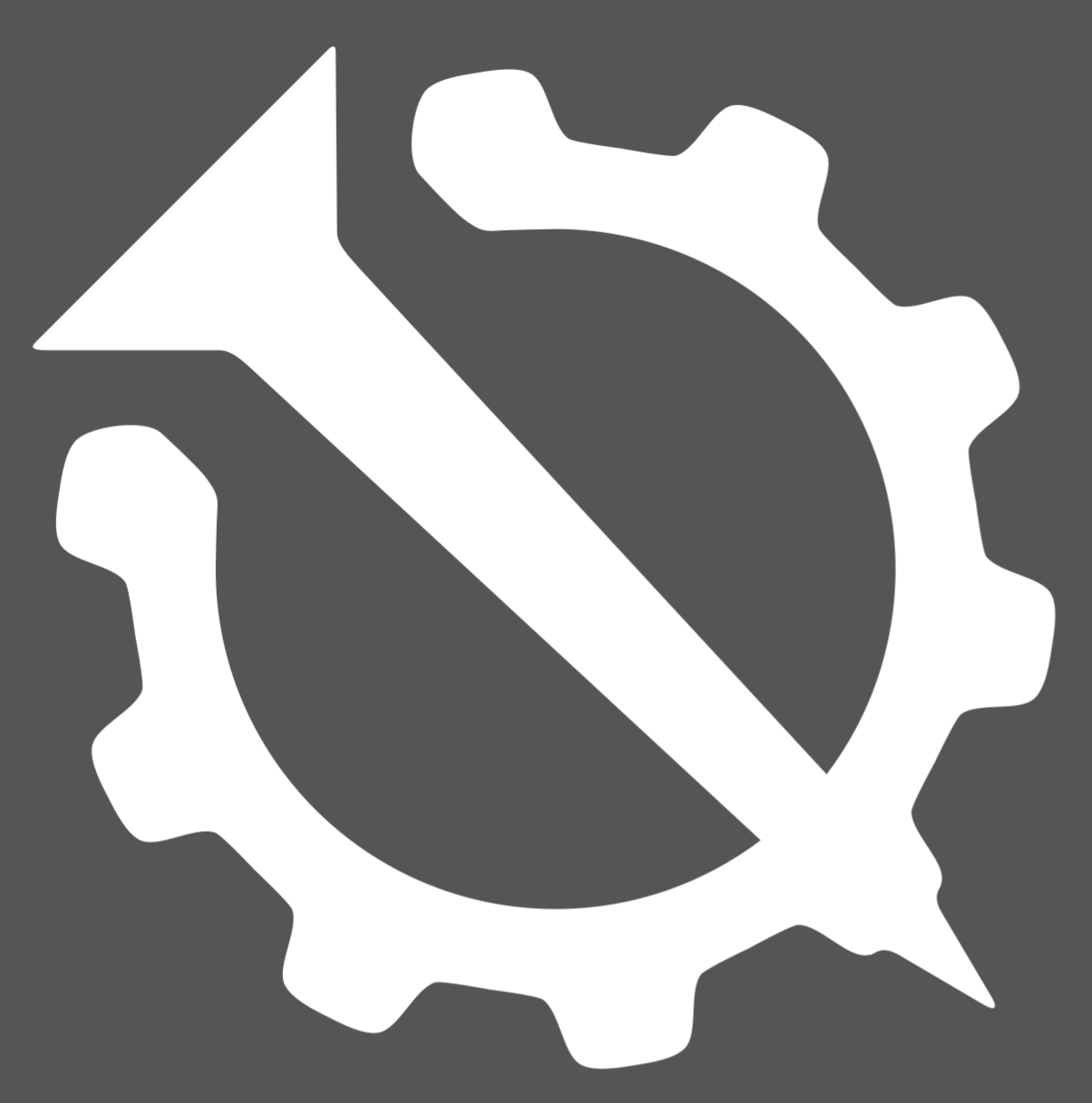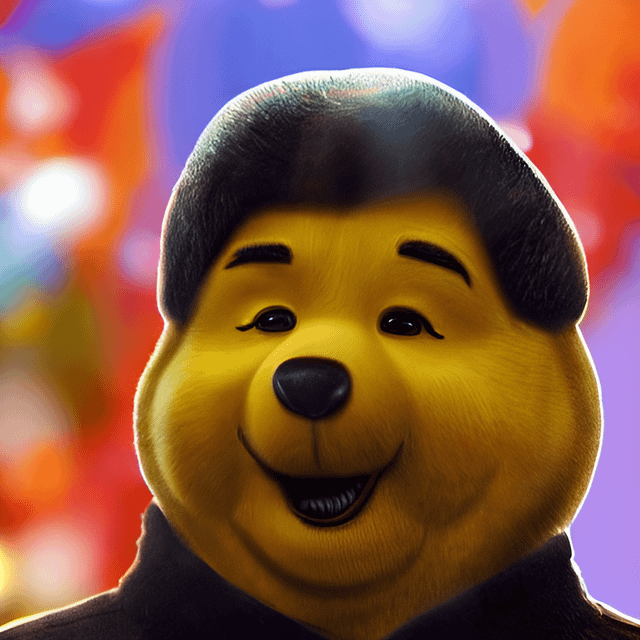Controversial AI art piece from 2022 lacks human authorship required for registration.
Good. Maybe this could put a stop to the attempts by companies to gut their payroll and replace artists with software.
Ha.
A lot of money will fly and laws and views will change like butter in the sun.
Just for once Id like to be optimistic
Pretty sure this case is dead. The copyright office did the same thing with the monkey selfies and the ai art piece from stephen thaler. That “void of ownership” is just public domain. Gonna be interesting what other kind of ai cases come up later though.
We’re gonna have some juicy legal battles when Hollywood start leveraging generative AI more and more
If those people have ever tried actually using image generation software they will know that there is significant human authorship required to make something that isn’t remotely dogshit. The most important skill in visual art is not how to draw something but knowing what to draw.
If I took a few hours to make an impressive AI generated price of art, that’s still %0.0001 the amount of time an actual a real artist would’ve spent developing the skill and then taking the time to make the peice. I get to skip all that because AI stole the real artists’ works.
What about photographers?
I don’t think “amount of work” is a good measurement for copyright, if you scribble something in 2 seconds on a piece of paper you still own the copyright, even if it’s not a great piece of art.
I’m pretty specifically trying to bring to mind the time it takes to hone the skill. Photography is similar in that it takes many many hours to get to the point where you can produce a good work of art.
If an artist (or photographer) spends a couple hours on a peice, that’s not the actual amount of time needed. It takes years to reach the point where they can make art in a few hours. That’s what people are upset about, that’s why nobody cares about “it took me hours to generate a good peice!”, because it takes an artist 10,000 hours.
What AI art is doing is distilling that 10,000 hours (per artist) into a training set of 99% stolen works to allow someone with zero skill to produce a work of art in a few hours.
What’s most problematic isn’t who the copyright of the AI generated age belongs to, it’s that artists who own their own works are having it stolen to be used in a commercial product. Go to any AI image generator, and you’ll see “premium” options you can pay for. That product, that option to pay, only exists on the backs of artists who did not give licensing for their works, and did not get paid to provide the training data.
Look, if I train a monkey to draw art, no matter how good my instructions or the resulting art is, I don’t own that art, the monkey does.
As non-human animals cannot copyright their works, it then thusly defaults to the public domain.
The same applies to AI. You train it to make the art you want, but you’re not the one making the art, the AI is. There’s no human element in the creation itself, just like with the monkey.
You can edit or make changes as you like to the art, and you own those, but you don’t own the art because the monkey/AI drew it.
Does my camera own my art, and not me?
No, because there’s a fundemental difference between a tool that functions directly as a consequence of what you do, and an independent thing that acts based on your instruction.
When you take a photo, you have a direct hand in making it - when you direct an AI to make art, it is the one making the art, you just choose what it makes.
It’s as silly as asking if your paintbrush owns your art as a response to being told that you can’t claim copyright over art you don’t own.
It’s actually gotten significantly easier, which makes this artist’s work even more impressive. There is a very real chance they spent more time on this piece than other artists they were up against spent on theirs. I generate thousands of images a month, and sure, I can just take the first thing midjouney throws at me and be satisfied with 80% accuracy, or I can work and rework, each generation with diminishing returns, until I get to 98% accuracy and just accept that it’s not capable of 100% yet.
Maybe if you spent some of that time you spend tweaking settings on midjourney practicing art, you’d make something worthwhile and not just generated content slop. :)
Yeah, or I could continue doing what I enjoy in the way that I enjoy it, and you can fuck off with your judgemental comments.
Enjoy adding negative value to the world
You making up a To-Do list of things you’ll try to accomplish today?
Why do photographers get copyright over their pictures then?
They’re just pointing a camera at something and pressing a button.AI is a tool like any other.
Because the human element is in everything they had to do to set up the photograph, from physically going to the location, to setting up the camera properly, to ensuring the right lighting, etc.
In an AI generated image, the only human element is in putting in a prompt(s) and selecting which picture you want. The AI made the art, not you, so only the enhancements on it are copywritable because those are the human element you added.
This scenario is closer to me asking why can’t I claim copyright over the objects in my photograph, be
This scenario is closer to me asking why I can’t claim the copyright of the things I took a photograph of, and only the photograph itself. The answer usually being because I didn’t make those things, somebody/something else did, I only made the photo.
Edit: Posted this without realising I hadn’t finished my last paragraph. Oops
It’s honestly pretty much the same with ai, there’s lots of settings, tweaking, prompt writing, masking and so on… that you need to set up in order to get the result you desire.
A photographer can take shitty pictures and you can make shitty stuff with AI but you can also use both tools to make what you want and put lots of work into it.
The difference is it’s not you making the art.
The photographer is the one making the photo, it is their skill in doing ehat I described above that directly makes the photo. Whereas your prompts, tweaking, etc. are instructions for an AI to make the scenery for you based on other people’s artwork.
I actually have a better analogy for you…
If I trained a monkey to take photos, no matter how good my instructions or the resulting photo are, I don’t own those photos, the monkey does. Though in actuality, the work goes to the public domain in lieu as non-human animals cannot claim copyright.
If you edit that monkey’s photo, you own the edit, but you still don’t own the photo because the monkey took it.
The same should, does currently seem to, apply to AI. It is especially true when that AI is trained on information you don’t hold copyright or licensing for.
Actually, that’s a really good analogy, and it helped me think about this in a different way.
What if the monkey is the camera in this situation, and the training the monkey part is like designing the sensor on the camera. You can copyright the sensor design(AI Model), and the photo taken using the sensor (output), so the same should apply to AI art, shouldn’t it?
You’re losing the analogy here because these things aren’t analogous. You can only copyright what comes out of the sensor because you took the photograph. Not everything that comes out of a camera sensor is copyrightable, such as photos taken by non-humans.
There’s a fundemental difference between a tool that functions directly as a consequence of what you do, and an independent thing that acts based on your instruction. When you take a photo, you have a direct hand in making it - when you direct an AI to make art, it is the one making the art, you just choose what it makes.
When you take a photo, you have a direct hand in making it - when you direct an AI to make art, it is the one making the art, you just choose what it makes.
I understand what you mean, but you’re still directing the Camera; you’re placing it, adjusting the shot, perfecting lighting etc. Isn’t AI art the same? You have a direct hand in making what you want; through prompting, controlnet, Loras and whatever new thing comes along.
The camera simply puts what you see through the viewfinder into a form that can be stored, you’re the one who decides everything about the shot.
Whereas no matter how good your prompting is, it is ultimately the AI who interprets your parameters, who creates the images for you. It is the one doing the artistic work.
Do you not notice the difference? As I said in my last reply, your camera is a tool that functions directly as a consequence of what you do. An AI acts independently of you based on your instruction. It is not the same thing.
Also, I absolutely agree with @Eccitaze
The scene isn’t copyrighted, anyone could go to the scene (theoretically) and take their own photo from a different angle. What’s copyrighted is the expression that went into staging the shot.
An AI tool is the one doing the creative expression when generating its images is the argument. The prompt is where the creative expression of the user ends, and copyrighting just a phrase seems ridiculous. I tend to agree with these sort of arguments, especially when models like this are often trained on other people’s copyright work.
Cool. Ugly ass Ai trash
US has a shitty copyright system. Got it.


